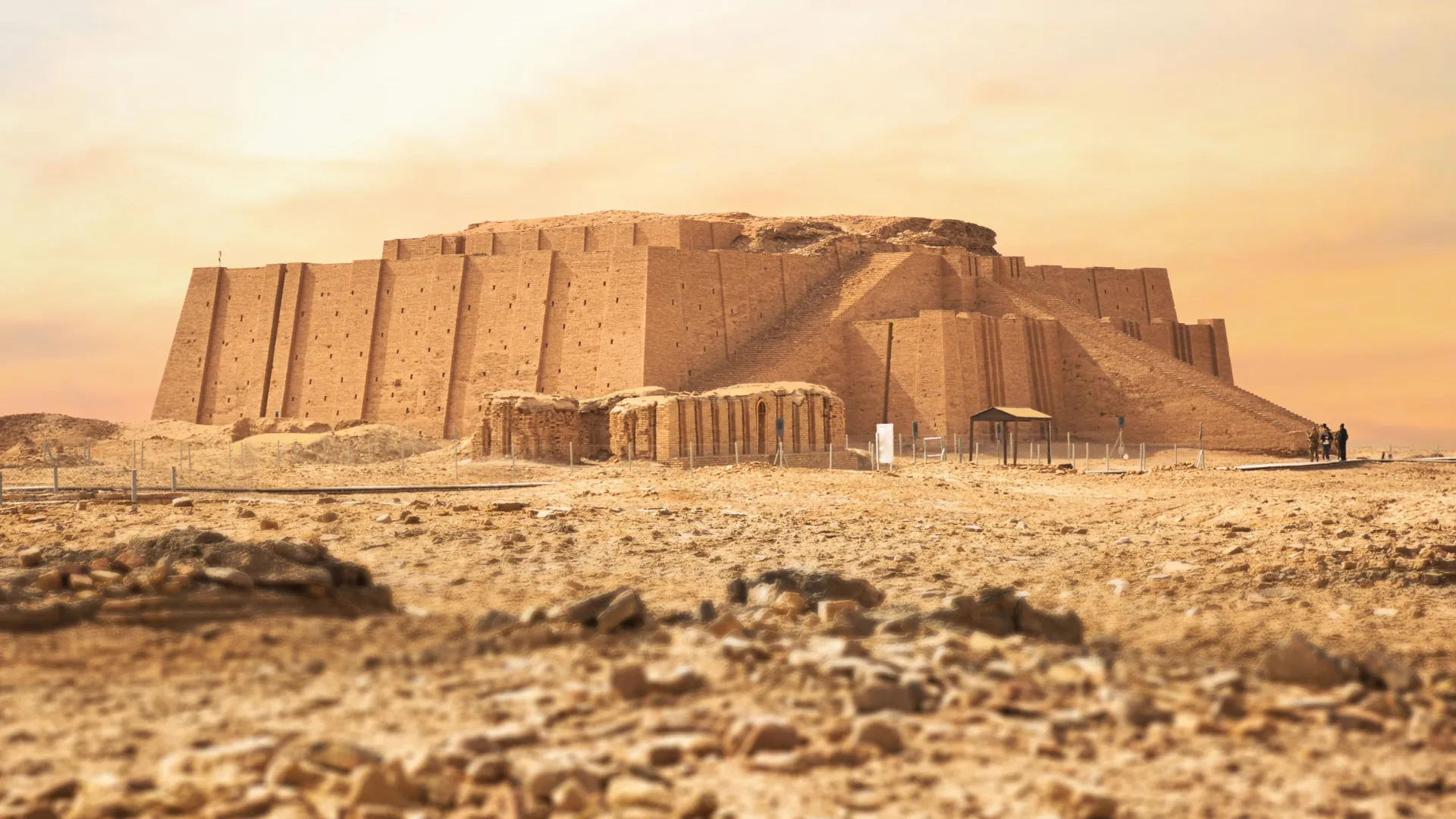Ancient tides may have sparked humanity’s first urban civilization
- Date:
- October 27, 2025
- Source:
- Woods Hole Oceanographic Institution
- Summary:
- New research shows that the rise of Sumer was deeply tied to the tidal and sedimentary dynamics of ancient Mesopotamia. Early communities harnessed predictable tides for irrigation, but when deltas cut off the Gulf’s tides, they faced crisis and reinvented their society. This interplay of environment and culture shaped Sumer’s myths, politics, and innovations, marking the dawn of civilization.
- Share:

A newly published study is reshaping how scientists understand the rise of urban civilization in ancient Mesopotamia. The research suggests that the emergence of Sumer, often called the cradle of civilization, was not solely the result of human ingenuity but also of powerful natural forces. According to the authors, the interaction between rivers, tides, and shifting sediments at the northern edge of the Persian Gulf played a defining role in shaping the world's first urban centers.
Published in PLOS ONE, the paper Morphodynamic Foundations of Sumer was led by Liviu Giosan, Senior Scientist Emeritus in Geology & Geophysics at the Woods Hole Oceanographic Institution (WHOI), and Reed Goodman, Assistant Professor of Environmental Social Science at the Baruch Institute of Social Ecology and Forest Science (BICEFS) at Clemson University. Their work builds on years of collaborative research through the Lagash Archaeological Project, which brings together Iraqi archaeologists and the Penn Museum at the University of Pennsylvania.
Water Shaped Early Agriculture and Society
The researchers present a new paleoenvironmental model showing that tidal rhythms influenced the earliest stages of agriculture and social organization in Sumer. Rather than being shaped only by river floods, the region's growth was tied to predictable tidal patterns that provided both water and fertile soil.
"Our results show that Sumer was literally and culturally built on the rhythms of water," said Giosan. "The cyclical patterns of tides together with delta morphodynamics -- how the form or shape of a landscape changes over time due to dynamic processes -- were deeply woven into the myths, innovations, and daily lives of the Sumerians."
Sumer, located in southern Mesopotamia (modern-day Iraq), is widely recognized as one of humanity's earliest civilizations. It produced many firsts, including writing, the wheel, and large-scale agriculture. The region's city-states -- Ur, Uruk, and Lagash among them -- developed complex political and religious systems that became the blueprint for later societies.
The new research indicates that between 7000 and 5000 years ago, the Persian Gulf extended much farther inland than it does today. Twice each day, tidal surges carried freshwater deep into the lower Tigris and Euphrates. Early farmers likely took advantage of this consistent flow by digging short canals to irrigate fields and date groves, allowing for productive farming without massive irrigation projects.
When the Tides Receded, Civilization Transformed
Over time, sediment carried by rivers built deltas at the head of the Gulf, cutting off tidal access to inland areas. This environmental shift, the authors suggest, caused widespread ecological and economic challenges. The loss of tidal waters may have forced Sumerian communities to respond with large-scale irrigation and flood control systems -- innovations that defined Sumer's golden age.
"We often picture ancient landscapes as static," says Goodman. "But the Mesopotamian delta was anything but. Its restless, shifting land demanded ingenuity and cooperation, sparking some of history's first intensive farming and pioneering bold social experiments."
Beyond environmental change, the researchers link these watery origins to Sumer's cultural identity. The study connects the region's flood myths and water-centered deities to the landscape itself, suggesting that Sumerian religion evolved from their intimate relationship with tides and rivers.
"The radical conclusions of this study are clear in what we're finding at Lagash," adds Holly Pittman, Director of the Penn Museum's Lagash Archaeological Project. "Rapid environmental change fostered inequality, political consolidation, and the ideologies of the world's first urban society."
Reconstructing a Lost Landscape
Using environmental and geological data, sediment samples from Lagash, and high-resolution satellite imagery, the team recreated what Sumer's coastline once looked like. Their reconstruction offers a window into how early societies adapted to dramatic changes in their environment and how these challenges spurred innovation.
"Our work highlights both the opportunities and perils of social reinvention in the face of severe environmental crisis," concluded Giosan. "Beyond this modern lesson, it is always surprising to find real history hidden in myth -- and truly interdisciplinary research like ours can help uncover it."
The research was funded by the National Science Foundation (NSF), the National Ocean Sciences Accelerator Mass Spectrometry Facility (NOSAMS), the Woods Hole Oceanographic Institution (WHOI), and the Penn Museum. Additional support for Giosan came from STAR-UBB and ICUB in Romania. Goodman completed his portion of the work as part of his postdoctoral studies at the Institute for the Study of the Ancient World at New York University.
Story Source:
Materials provided by Woods Hole Oceanographic Institution. Note: Content may be edited for style and length.
Journal Reference:
- Liviu Giosan, Reed Goodman. Morphodynamic Foundations of Sumer. PLOS One, 2025; 20 (8): e0329084 DOI: 10.1371/journal.pone.0329084
Cite This Page: